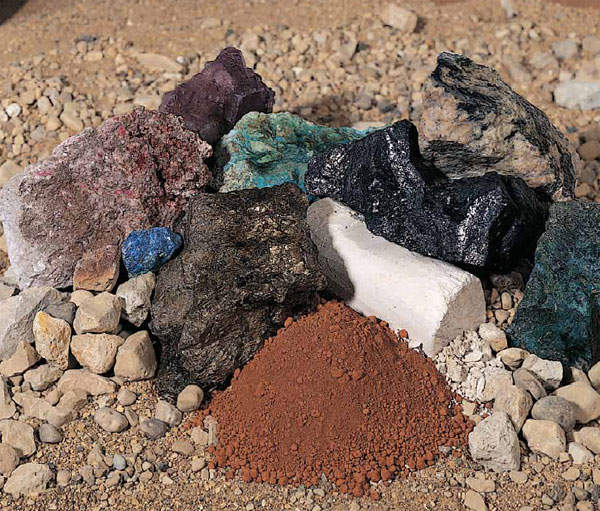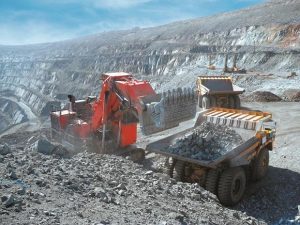
Mineral mining plays a crucial role in our modern society, providing essential raw materials for various industries. However, the environmental consequences of this activity cannot be overlooked. In this blog post, we will delve into the multifaceted impacts of mineral mining on the environment, exploring the hidden costs that often go unnoticed. From habitat destruction to water pollution, we will examine the detrimental effects and discuss potential solutions for a more sustainable future.
- Habitat Destruction:
Mineral mining often requires the clearing of large areas of land, leading to the destruction of natural habitats. This loss of biodiversity can have far-reaching consequences, disrupting ecosystems and threatening endangered species. The extraction of minerals can also result in the fragmentation of habitats, further exacerbating the negative impacts on wildlife populations. - Deforestation:
In many cases, mineral mining necessitates the removal of forests to access deposits. Deforestation not only contributes to climate change by reducing carbon sequestration, but it also leads to soil erosion, loss of watershed functions, and the displacement of indigenous communities. The long-term ecological effects of deforestation can be irreversible, affecting the stability and resilience of ecosystems. - Water Pollution:
One of the most significant environmental concerns associated with mineral mining is water pollution. The extraction and processing of minerals often involve the use of toxic chemicals, which can contaminate nearby water sources. This pollution not only affects aquatic life but also poses risks to human health, as communities reliant on these water bodies may be exposed to harmful substances. - Air Pollution:
Mineral mining operations can release various pollutants into the atmosphere, contributing to air pollution. Dust emissions, diesel exhaust, and the combustion of fossil fuels in mining machinery all contribute to the release of harmful particulate matter and greenhouse gases. These pollutants can have detrimental effects on both human health and the environment, contributing to respiratory diseases and climate change. - Land Degradation:
Mineral mining can result in significant land degradation, rendering the affected areas unsuitable for future use. Excavation, waste disposal, and the creation of tailings ponds can lead to soil erosion, loss of topsoil, and the contamination of surrounding land. This degradation not only affects the aesthetic value of the landscape but also limits its potential for agriculture or other sustainable land uses.
Conclusion:
Mineral mining undoubtedly has severe environmental impacts, ranging from habitat destruction and deforestation to water and air pollution. Recognizing these hidden costs is crucial for developing sustainable mining practices that minimize harm to the environment. Implementing stricter regulations, adopting cleaner technologies, and promoting responsible mining practices are essential steps towards mitigating the negative effects of mineral mining. By prioritizing environmental conservation alongside resource extraction, we can strive for a more sustainable and balanced future.


